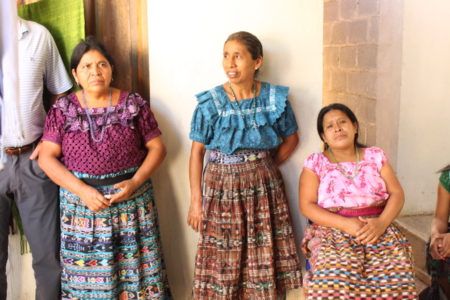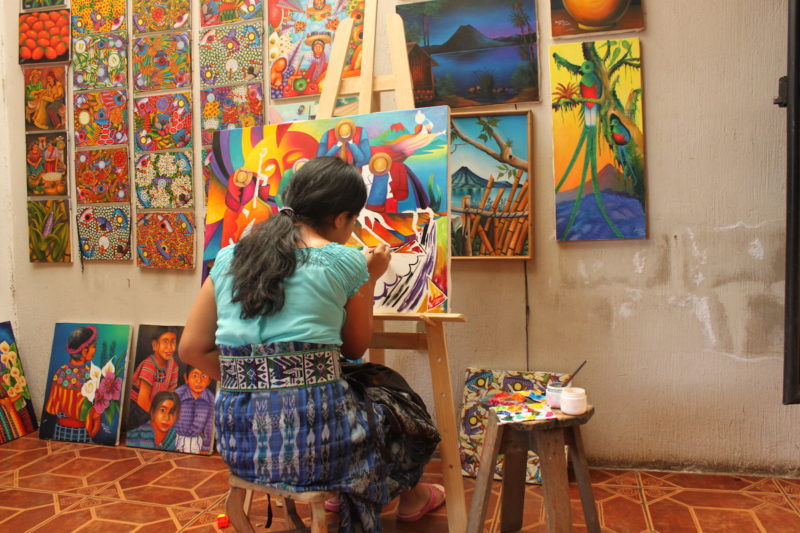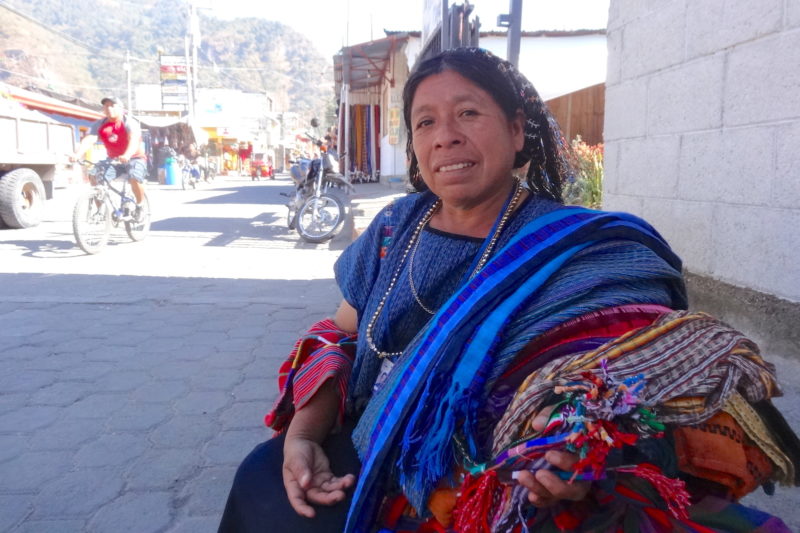 Bargaining (i.e. haggling or arguing over a price) is a cultural phenomenon.
Bargaining (i.e. haggling or arguing over a price) is a cultural phenomenon.
My husband is Colombian. I am from the United States. He haggles to get a lower price on just about everything, even the crazily cheap fruits and vegetables at the market. So do Guatemalans. So do most people around Latin America and the world, it seems. Being a typical American, I typically pay the full price, though I have learned over the years how to bargain in certain contexts.
Prices Are Not Fixed
The first thing to realize about shopping in Guatemala is that the prices are not fixed. If you’re buying from the mercado or the vast majority of souvenir shops, stands and vendors along Calle Santander, you’ll find no set prices.
If you like something, you ask how much it costs and are given a starting number. If you’re a gringo—and, to the Maya, everyone who isn’t Mayan is considered a gringo, not just people from the United States—you’re going to get a higher starting (and final) price. That’s a given. Still, with perseverance, tact and a sense of humor, you can try your luck at bargaining.
At most pacas (secondhand stores), a typical garment costs Q5-10. Vendors have learned that some gringos will pay Q40 for a shirt. So they will overcharge, because they can. And the tourist gringo will most likely pay that inflated price, because he can afford it and/or doesn’t know any better.

Mindful Negotiation
Mindful negotiation is bargaining when you know you are being overcharged yet, are still willing to pay what you can afford. Say you find a pair of pants at a paca. You inquire as to how much they cost. “Cincuenta,” is the reply, Q50. You laugh a little bit, say, “Vivo aqui” (I live here) and offer Q25. They will probably say yes. If so, you’re still paying more than the local price of Q10 but half off the original offer. It’s a win-win situation.
When shopping for handwoven Guatemalan textiles, remember that a great deal of time, skill and energy went into the weaving of those colorful and intricate designs. Sometimes, in desperation, a Mayan vendor will drop her price more and more until it’s too ridiculously cheap. If you want to buy a scarf or wall hanging, be willing to pay a fair price for it. If you are buying in bulk, it’s reasonable to ask for a discount.

Conclusion
Remember the conversion rate of your native currency to Guatemalan Quetzales when deciding whether or not to bargain. For example, $1 USD is about Q8. So if you’re haggling over Q15, it’s a matter of about $2 USD. Is it worth it? Those two bucks that are spare change to you are probably worth a whole lot more to the vendor selling Guatemalan tipico souvenirs on the street.